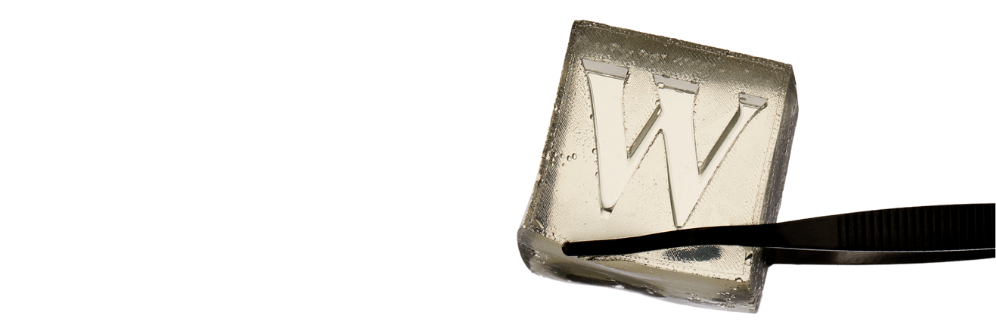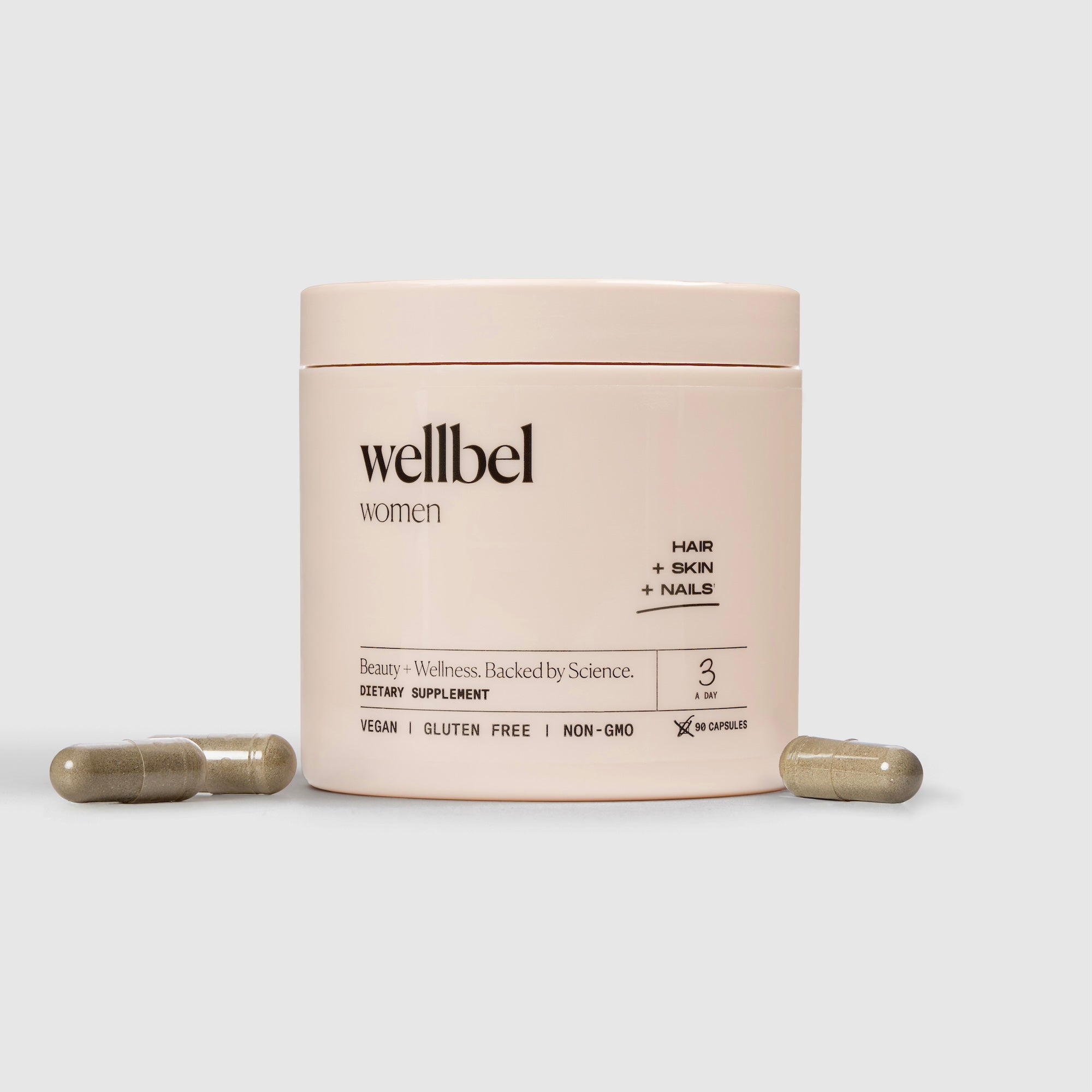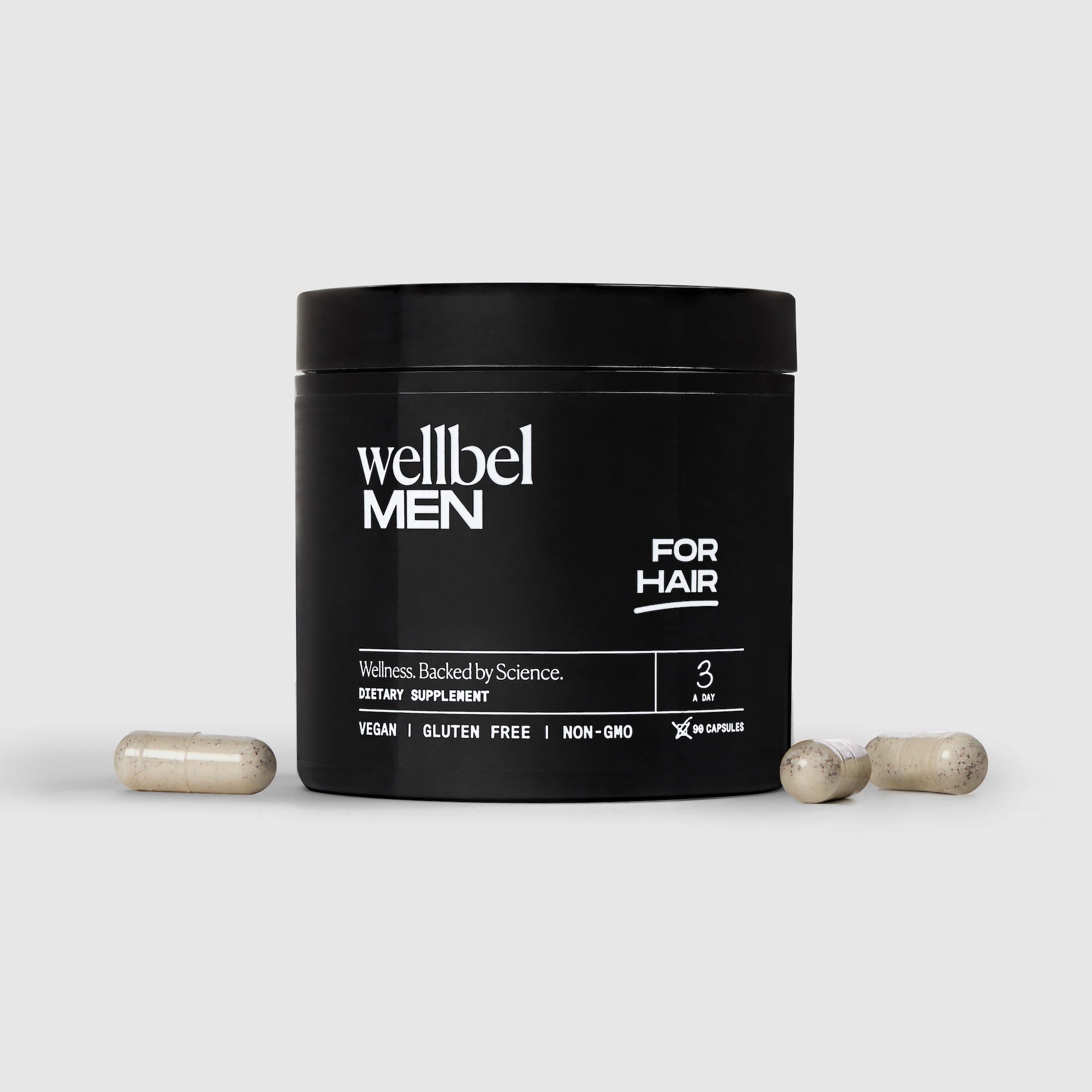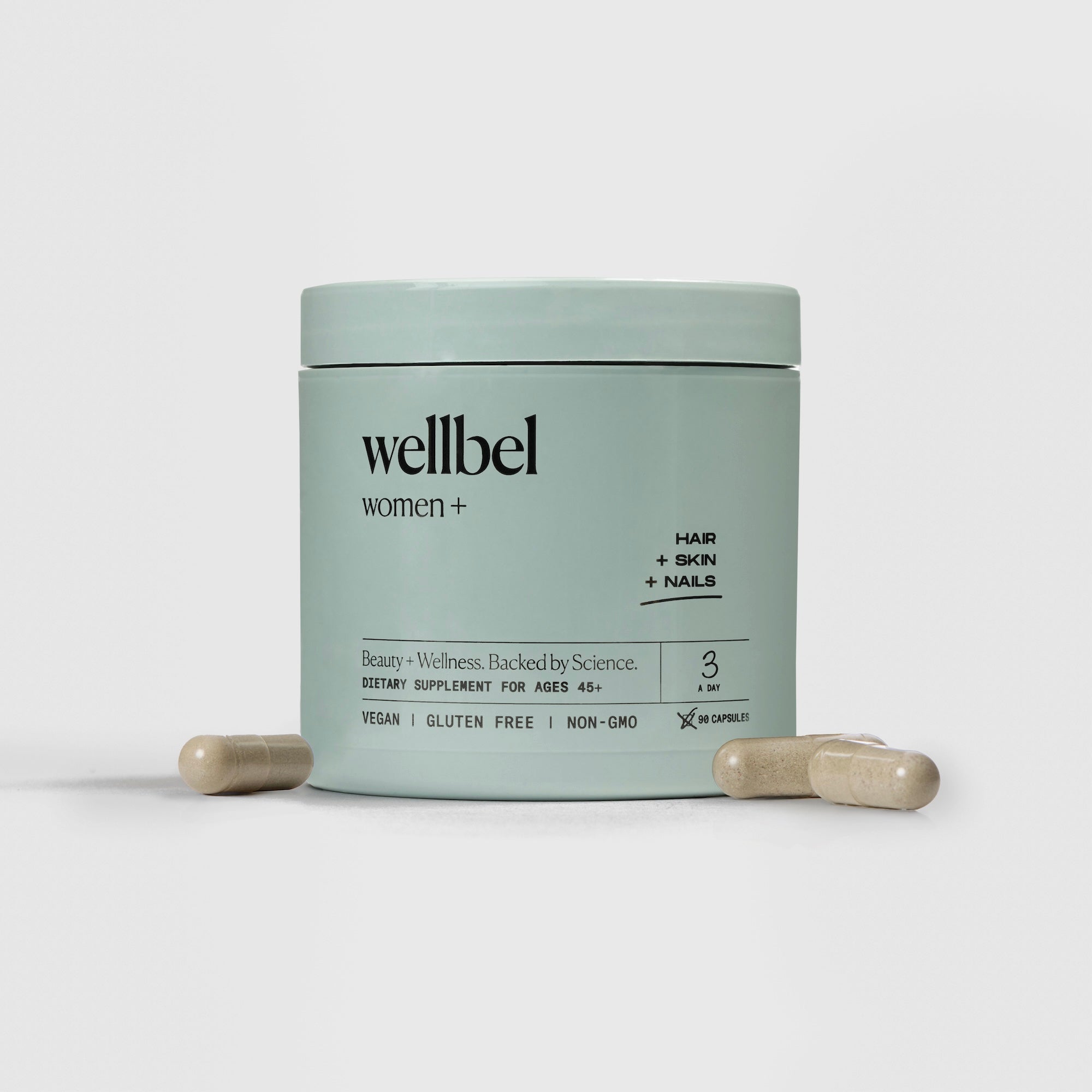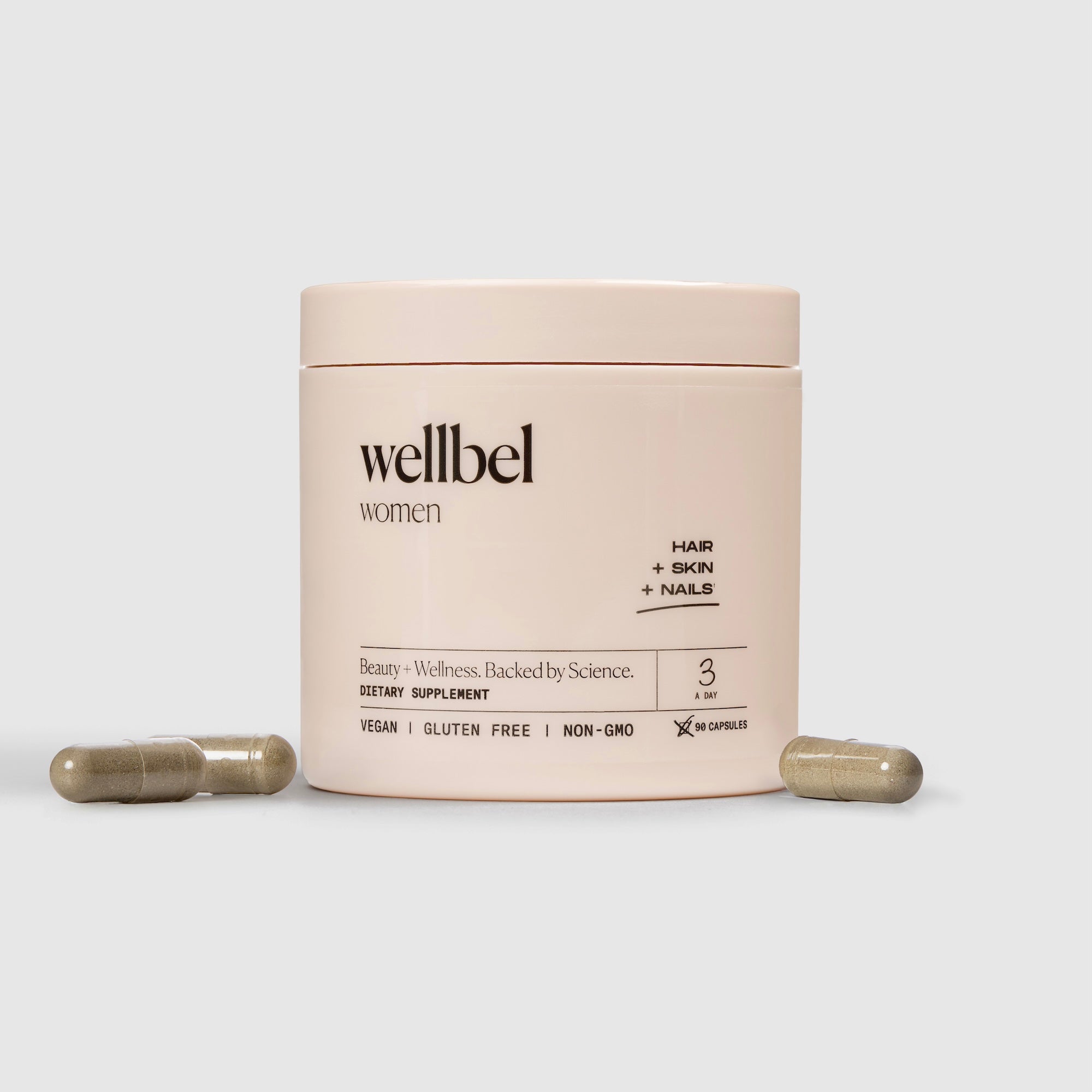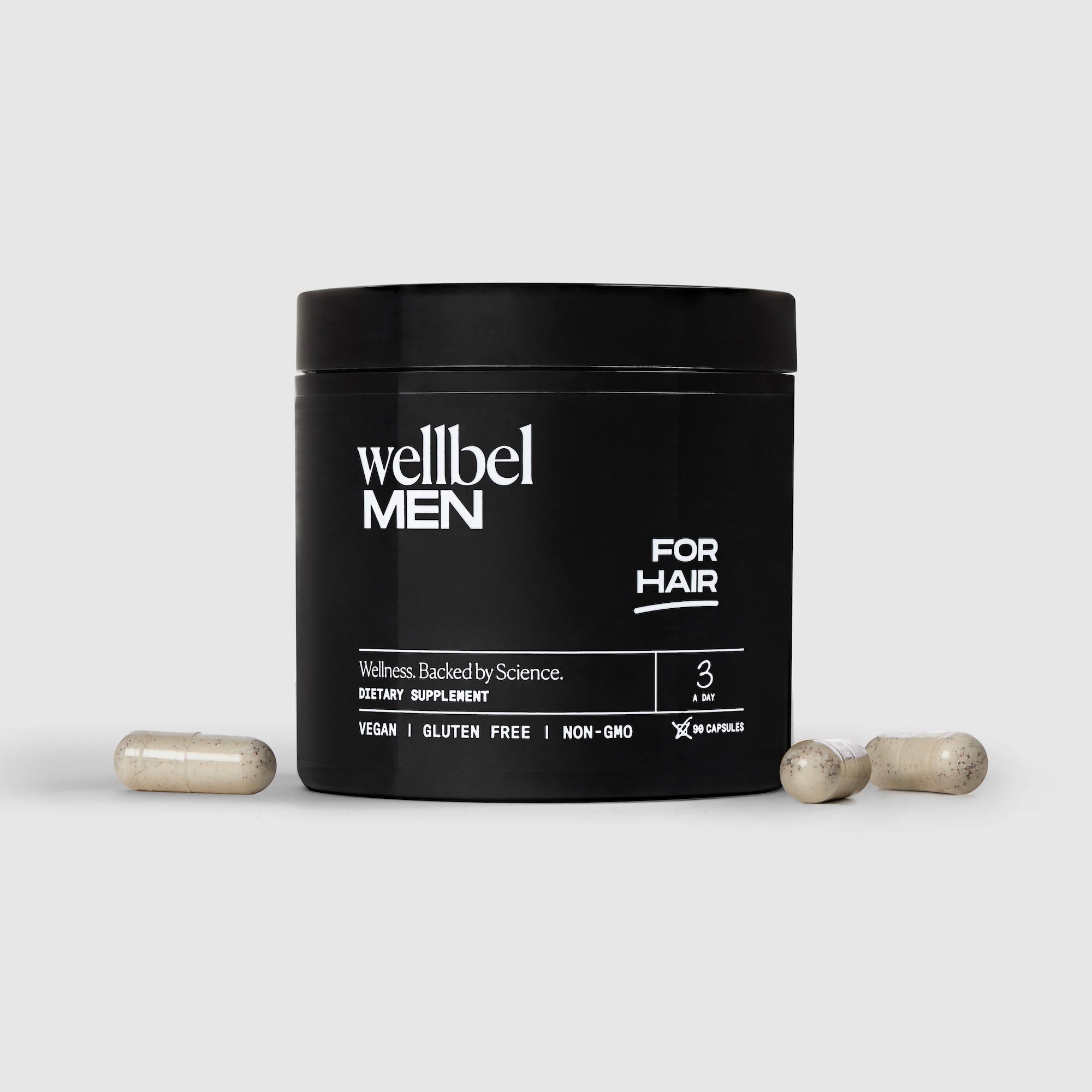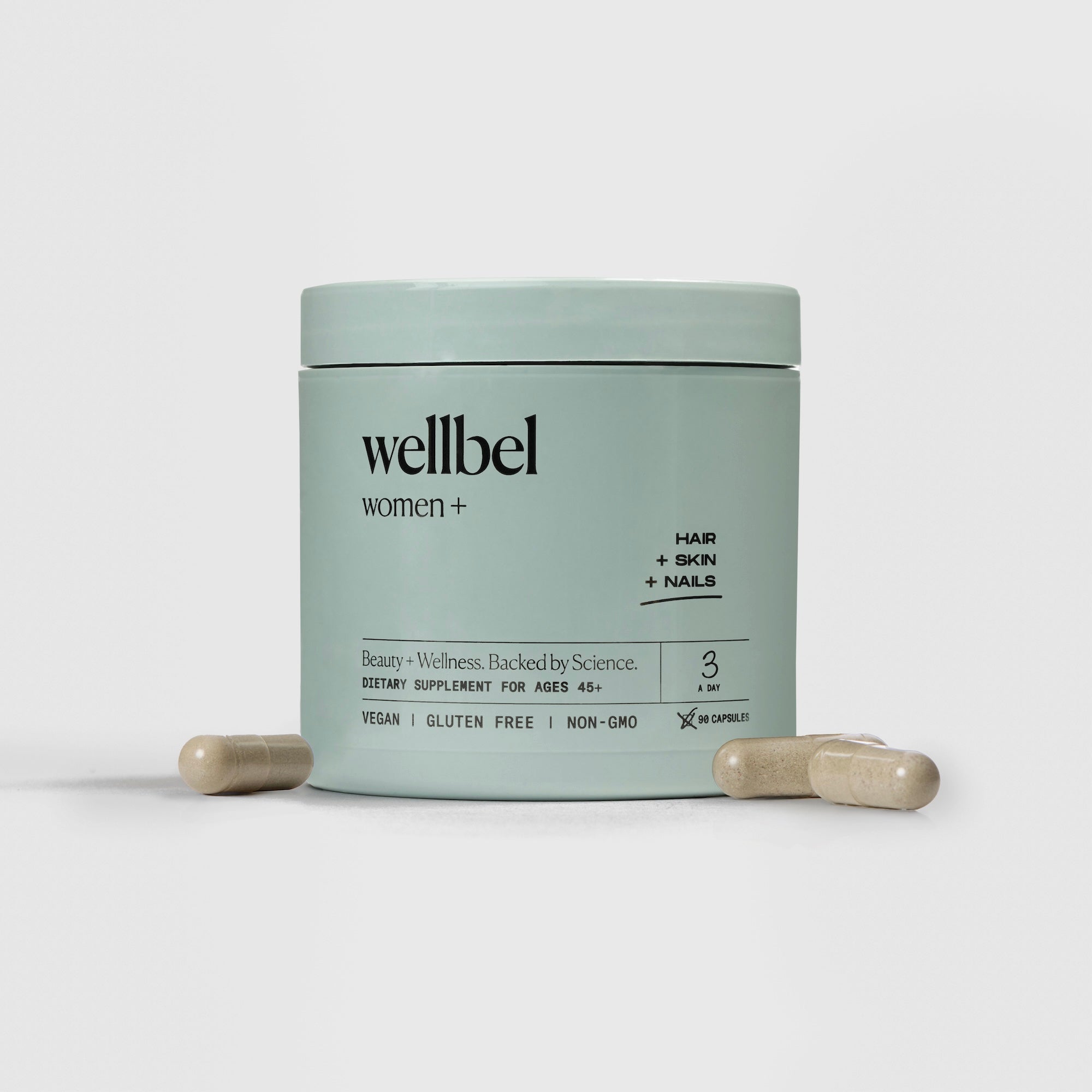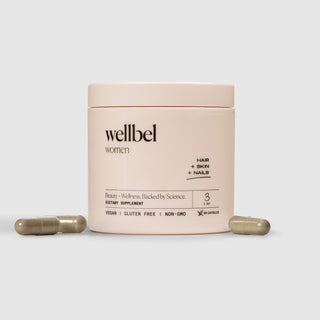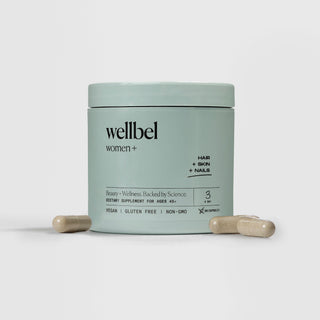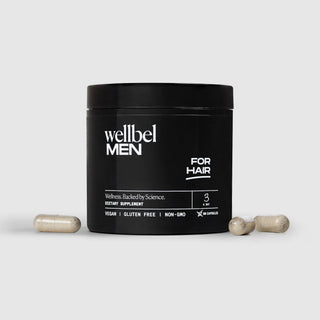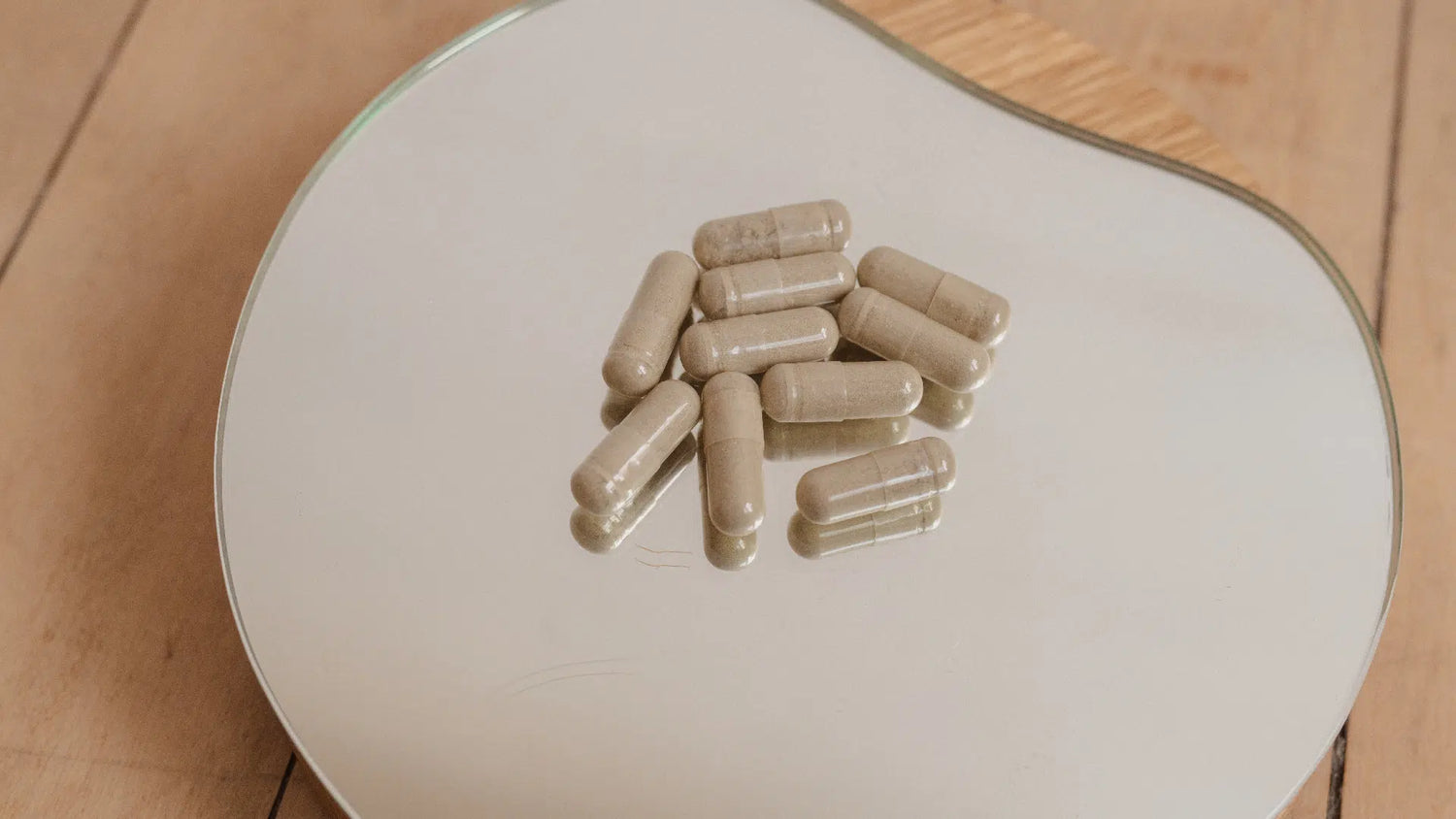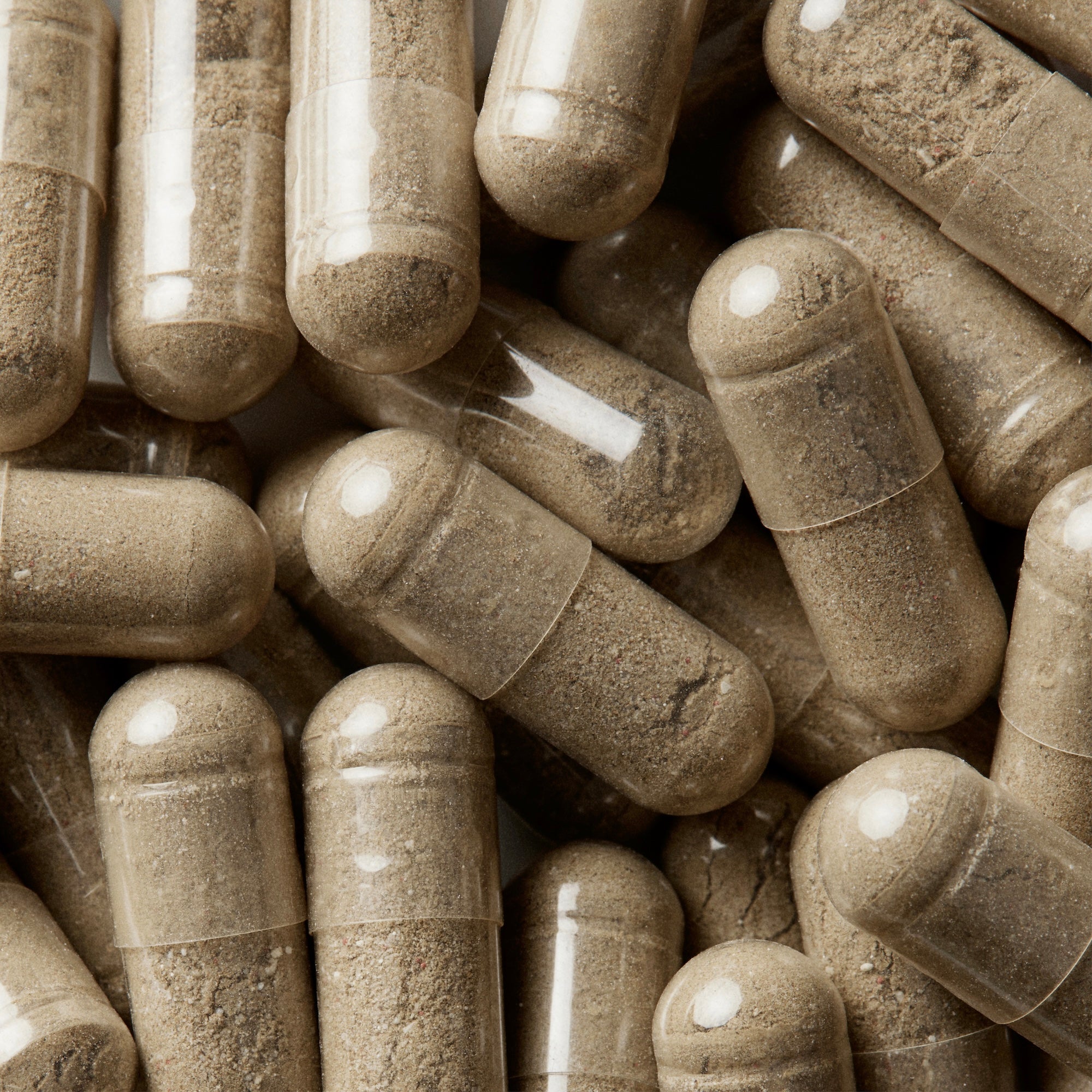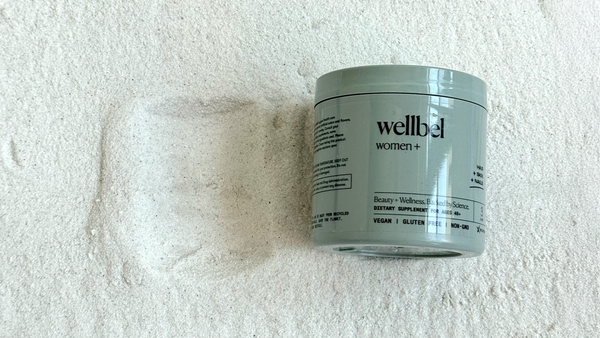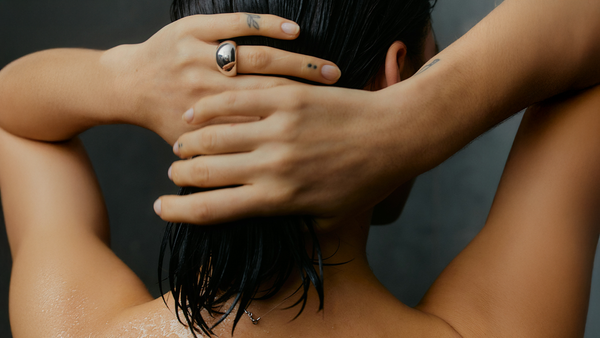Could Iron Deficiency Anemia Be the Cause of Your Hair Loss? - How To Get To The Root of the Problem
There are few experiences more unsettling than your hair falling out. Hair is so personal. If that’s something you’re dealing with right now, know you are not alone. It’s actually a really common issue for men and women alike, of all ages.
While there are a number of reasons why you’d be experiencing thinning hair or baldness, one possibility is that it’s related to your iron levels.
Iron deficiency anemia is a condition that occurs when a person does not have enough iron, or when they are unable to use iron efficiently. It is estimated that one out of five women under the age of fifty are impacted by this! A common symptom of iron deficiency is hair loss in both men and women, or alopecia areata.
Keep reading to learn if you are at risk and how to get tested.
How Does Iron Impact Hair Growth?
Iron is a mineral that is needed to make hemoglobin, a compound that carries oxygen throughout the body. When iron levels are low, our hair follicles do not receive the oxygen and nutrients needed to grow normally, leading to accelerated hair loss.
Who Is At Risk Of Low Iron?
A lack of iron could be related to a number of lifestyle choices or medical conditions.
Menstruating women, particularly those who experience heavy or long periods are at a higher risk due to increased blood loss each month.
Vegetarians and vegans are more likely to be deficient because the form of iron found in plant foods is more difficult to absorb than the form of iron found in animal products.
People with intestinal disorders, including celiac disease, may not be able to absorb vitamins and minerals efficiently, leading to iron deficiency.
Pregnant women have higher iron needs due to the demand of the growing fetus and increase in blood volume.
Common iron deficiency symptoms include:
- Extreme fatigue
- Anxiety or irritability
- Pale skin
- Racing heart or shortness of breath
- Inflammation or sores on the tongue
- Brittle nails
- Headaches or dizziness
- Craving non-food items like ice or dirt
How To Test For Iron Deficiency
If you think you may be low in iron, ask your primary care doctor or gynecologist to check your levels. It’s possible that what looks like male pattern baldness is being exacerbated by an iron issue. All it takes is a simple blood test, which is often covered by your health insurance. Along with iron, your doctor may test your ferritin level. Ferritin is our body’s storage form of iron and when low, may be the first indicator of iron deficiency.
Curious how you can increase your iron levels and prevent hair loss? Check out our blog outlining five easy ways to up your iron.
Sources:
Are We Underestimating the Prevalence of Iron Deficiency? | Columbia University
Iron Plays a Certain Role in Patterned Hair Loss | Journal of Korean Medical Science
